Course Overview
Coming soon…
This new qualification is ideal for lay staff or veterinary care assistants (VCAs) involved in assisting veterinary surgeons with the monitoring of companion animals under anaesthesia and sedation.
Whilst it is recognised that the monitoring of anaesthesia of companion animals is best carried out by a qualified veterinary surgeon or veterinary nurse, this is not always possible in every circumstance. It is therefore important that lay staff, who may be called upon to assist, are equipped with the necessary knowledge and skills needed to do so in a safe, professional manner.
Under no circumstances will the learner be inducing, controlling or maintaining the level of veterinary anaesthesia of companion animals as this is, without exception, the responsibility of the veterinary surgeon. All anaesthetic monitoring must be carried out under the direct supervision of a veterinary surgeon in accordance with veterinary instructions and current RCVS guidance. Learners may not legally perform any action either during their training, or post-qualification, which may be interpreted as an act of veterinary surgery as defined by the Veterinary Surgeons Act 1966.
Key Facts
- Attendance: Online learning with tutor support.
- Duration: 12 months.
- Start Date: This programme can be started at any time.
- Location: UK or overseas. Overseas students must act in accordance with the legislation of the country in which they are participating in veterinary procedures.
Course Content
- Legal and ethical responsibilities including the Veterinary Surgeons Act 1966, RCVS Guidance and health and safety.
- Anatomy and physiology of the cardiorespiratory system including key structures and function, gaseous exchange and oxygenation of tissues.
- The principles of sedation and anaesthesia including common terminology, routes of administration, pre-medication, protocols, clinical observations, the stages of anaesthesia, key drug groups.
- Anaesthetic equipment including the safe use of, maintenance and common faults.
- Patient preparation including standard operation procedures, admission procedures, consent and health checks.
- Assisting with the monitoring of companion animals under anaesthesia and sedation including vital signs, record completion and monitoring devices.
- Assisting with the recovery from anaesthesia and sedation including accommodation, positioning, monitoring, handover to colleagues and complications.
- Anaesthetic emergencies including emergency boxes, equipment failure and resuscitation procedures.
Assessment
In order to complete the qualification, you will complete a portfolio of evidence and pass an online multiple-choice examination.
Entry Requirements
There are no formal academic entry requirements for this course, but you must be employed, or volunteering, in a veterinary practice and have been in such a position for a minimum of six months prior to starting the course.
Your application must be endorsed by your Practice Principal – who must be a veterinary surgeon (MRCVS) and you must have a veterinary surgeon in your workplace who is happy to supervise you during the qualification.
Course Fees
To be confirmed on opening of course applications.
What Next?
Ideally the monitoring of companion animal anaesthesia should be carried out by a qualified veterinary nurse, and as such, training to become a veterinary nurse is something you may wish to consider in the future by undertaking the Level 3 Diploma in Veterinary Nursing (Advanced Apprenticeship) programme. If your practice is not an RCVS training practice please speak to us about what is involved in this; it is often easier and cheaper than is thought and funding is often available to help with the cost of training fees.
Alternatively, you may consider undertaking the Level 2 Diploma for Veterinary Care Assistants programme, if you have not already gained a qualification in veterinary care. This qualification is also delivered by distance learning, meaning there is no need to attend college. In addition, your practice does not need to be an RCVS training practice for you to undertake the course.
If you’re looking for advice on any aspect of the course, please do not hesitate to contact a member of our Client Advisor Team, who will be happy to discuss any queries with you further.





